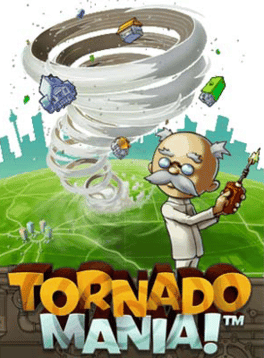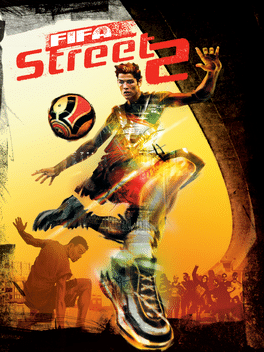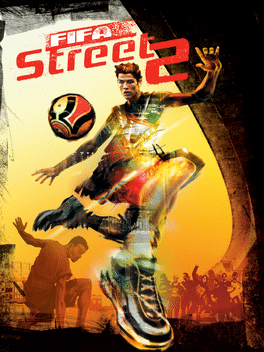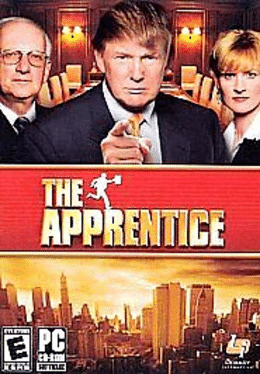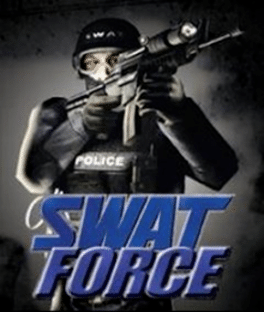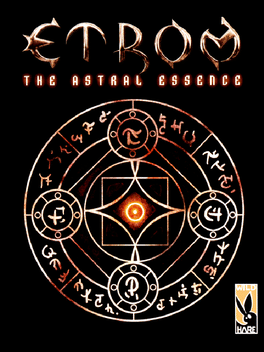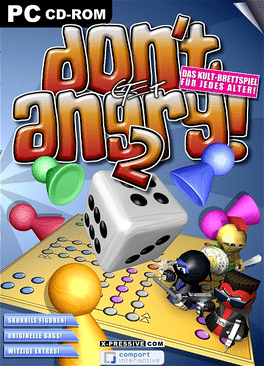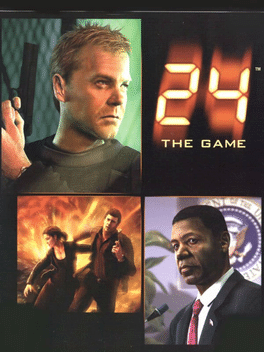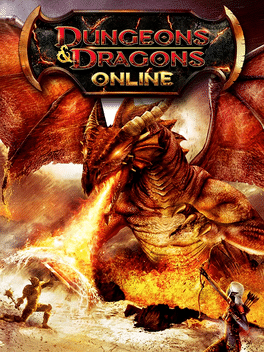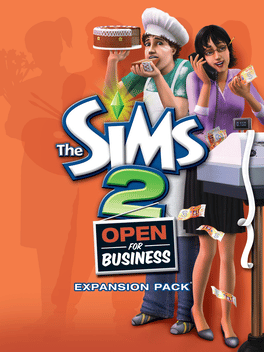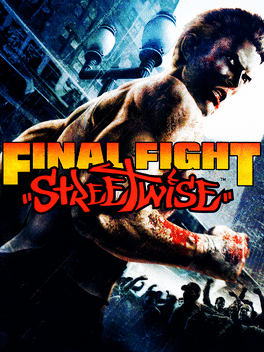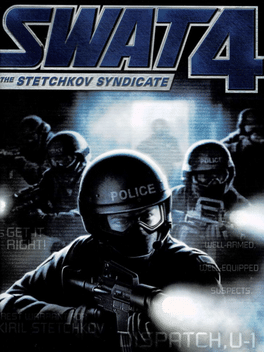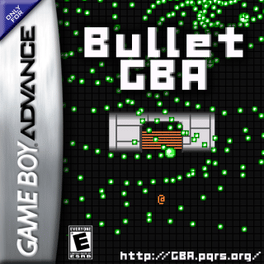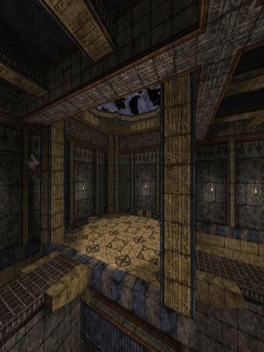New Games - Page 10298
-
Tornado Mania!
2006
Tornado Mania!
2006
Distressed by rampant pollution, a mad scientist unleashes his bizarre Tornado Machine on the world! Will the world praise or condemn him? Use the tornado to engulf houses, buildings, and even power plants! Bring them to his Antarctic Biosphere to build a utopian society and carry out his mysterious experiment. Don’t feel like saving humanity? Then simply jump into Rampage Mode where you can destroy everything in your path! -
FIFA Street 2
2006
-
FIFA Street 2
2006
-
Living World Racing
2006
Living World Racing
2006
Living World Racing is a boat racing game with a cast of eight animals racing in the Living World universe, serving as an advergame. It features three game modes (single race, time trial and challenge) and three difficulty levels (beginner, experienced and advanced) to choose from. As with many of the developer's games most of the content is locked from the start : for example only the four first characters can be chosen when you first start a game : Mr Mouse, Mr Hamster, Mr Rat and Mr Guinea Pig. Other characters, boats, tracks and race classes become available after collecting a number of stars. The other power-ups are extra lives, power boosts and nutritious items, such as red donuts, green puffs or yellow triangles. Do not forget to "drive" over speed stripes to boost your boat, but also collect weapons. These are carrot missiles and pumpkin bombs. But if you use an invincibility shield, no one can use these weapons against you. From the option menu, you can set up sound and music, but also controls and use -
The Apprentice
2006
The Apprentice
2006
The Apprentice video game immerses players into the high-stakes business world of "The Apprentice," giving players the opportunity to compete in corporate America's toughest job interview. Players experience the game through the eyes of a hopeful show contestant beginning their journey during the final phases of the audition process and ending with the final boardroom showdown. The game features some of the same ground-breaking elements found in the acclaimed television show: exciting corporate challenges sponsored by real-world corporations, intense boardroom conflict, interpersonal drama and even romance. Featuring Donald Trump, his advisors George and Carolyn, and key contestants from past seasons, "The Apprentice" video game appeals to every fan of the show; from those who have the drive and desire to win, to those who just long to hear Trump's fateful words, "You're Fired!" -
SWAT Force
2006
SWAT Force
2006
SWAT Force is the first game of the Police Quest series to be released for mobiles. The player controls a two-man team (sharp shooter and demolition expert) and tries to rescue hostages, arrest suspects and secure weapons. -
Don't Get Angry! 2
2006
Don't Get Angry! 2
2006
A European PC game released in 2006, Don't Get Angry! 2 is a board game akin to Sorry. -
MLB 06: The Show
2006
MLB 06: The Show
2006
star 8.9MLB '06: The Show is a baseball video game for PlayStation 2 and PSP. The game was produced by Sony Computer Entertainment, primarily by SCE's San Diego Studio, which was formerly known as 989 Sports. It was the only first-party MLB-licensed video game for the 2006 season drawing attention to the brand and franchise. The game was one of two MLB-licensed games for 2006 along with Major League Baseball 2K6. -
24: The Game
2006
24: The Game
2006
star 6.2CTU is investigating a series of terrorist attacks in the Los Angeles area ranging from an assassination attempt on the vice president to the kidnapping of the chairman of a highly profitable corporation. CTU identifies Peter Madsen, a former employee of Jack Bauer, as the leader of the terrorist cell responsible for the attacks on Los Angeles. What remains unknown to CTU is that the attacks have been arranged by an old enemy who plans on smuggling nuclear weapons into the hands of Middle Eastern terrorist networks. Jack Bauer must shoot, drive, and interrogate his way to the truth behind the attacks. -
FIFA Street 2
2006
FIFA Street 2
2006
star 6.2The game is a street football game in which the player can take control of 4-a-side versions of national football teams in matches where the object is to win by scoring a set amount of goals or points via tricks, or within a time limit. In the career mode "Rule the Streets", one creates a player and competes in tournaments around the world to obtain "Skill Bills" to buy clothing and upgrade his rating. As the player improves, he can captain his own street football team and eventually become an international. The best players have special moves often named after their nickname. Legends of football such as Abedi Pele, Eric Cantona and Paul Gascoigne are unlockable during the game. The game has its own in-game radio station, presented by Zane Lowe of BBC Radio 1 and featuring music by artists such as Roots Manuva, Sway, Pendulum, The Editors and The Subways. -
Dungeons & Dragons Online
2006
star 7.7Centered in the city of Stormreach, DDO is set on the fictional continent of Xen'drik, in the world of Eberron, a Dungeons and Dragons campaign setting. Xen'drik is a vastly unexplored and wild locale, once the center of the Advanced Giant Civilization, which was destroyed thousands of years before. Players can create their characters following the revised edition of D&D 3.5 rule-set fashion, and play them in both indoor and outdoor environments, including dungeons. -
The Sims 2: Open for Business
2006
star 7.5The Sims 2: Open for Business is the third expansion pack for The Sims 2, where you'll get to design your own clothing boutique, beauty salon, florist, high-end electronics shop, bustling restaurant chain, or virtually any other type of business. Hire your staff as the business grows and put talented Sims to work making toys, running the register, crafting floral bouquets, giving sales pitches, or manufacturing robots. But watch out for slacker employees and be prepared to fire them on the spot. Will you build a thriving business empire or become an eccentric entrepreneur designing the next big thing? -
Cake Mania
2006
Cake Mania
2006
Web browser Wii PC (Microsoft Windows) Mac PlayStation Portable Nintendo DS Legacy Mobile Device PlayStation 2star 4.9Welcome to Cake Mania! Jill, our hero, has returned from culinary school, only to find her beloved grandparents' bakery closed down. Business has taken a drastic downturn because a new Mega-Mart store opened in the neighborhood. Help Jill save the day by opening a bakery, and earn enough money to re-open her grandparents' shop in this beautiful, fast-paced adventure. Upgrade your equipment and set up 4 different bakeries in exotic locales. Serve up seasonal confectionary delights to a variety of customers. See if you have what it takes to save the Evans Bakery! -
Final Fight: Streetwise
2006
star 4.8Kyle and Cody Travers are two close knit brothers surviving the tough streets of Metro City. When Cody disappears amidst the mayhem of a burgeoning drug trade, Kyle must take back the streets with his own hands to save him. -Fight alongside fan favorites such as Cody, Haggar, and Guy. -Take your fighting to the extreme with Instinct Modes and Counter Time. -Pulse pounding hip-hop and alternative metal soundtrack featuring over 40 hot artists including RZA Slipknot, Lil' Flip, NappyRoots, Soulfly, and others. -Gain money, tension, and respect to become the Ultimate bad ass. -Fierce single player story and 2 player Co-Op modes. -Bonus mini-games and unlockables including the Original Final Fight! -
SWAT 4: The Stetchkov Syndicate
2006
star 7.6The Stetchkov Syndicate expansion adds seven new single player missions revolving around the Stetchkov family, an Eastern European crime syndicate and new multiplayer content, amongst other features. In addition to the seven new maps, The Stetchkov Syndicate also adds a variety of single player and multiplayer features. This includes new weaponry and equipment, the ability to punch uncooperative characters, and a command which allows the element to clear a room from two different entryways simultaneously. New multiplayer content includes a capture the flag style game mode, VoIP capability and 10 player cooperative games, amongst other content. -
BulletGBA
2006
-
Necromanicide
2006
-
The Caverns of Hammerfest
2006
A flash platformer where players will help Igor to free his friends in more than 300 levels.

